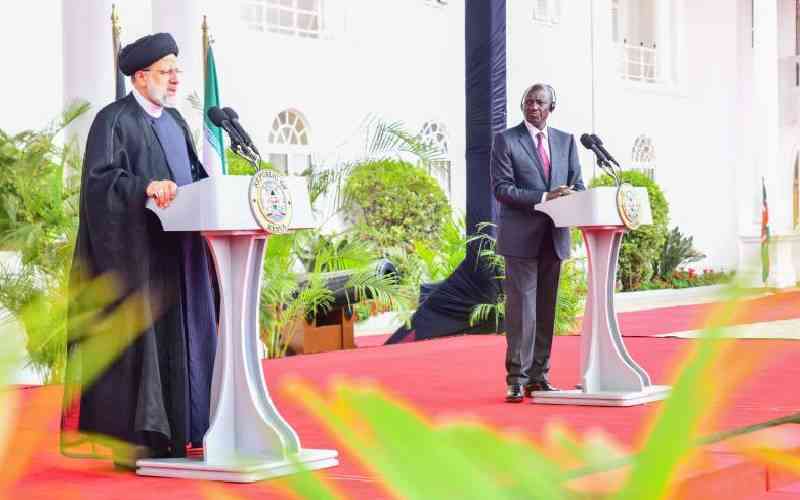×
The Standard e-Paper
Home To Bold Columnists

Iran is one country that has made lasting contributions to human belief systems.
Its leaders claim biological linkage to Prophet Mohamed who founded Islam to correct 'errors' in Judaism, Christianity, and among Zoroaster followers. Prophet Zoroaster, living around 6th Century BCE, advanced the idea of God's duality in which good and evil were in constant struggle for dominance.